When you’re traveling with medications like insulin, vaccines, or biologics, the weather outside your car or suitcase can be just as dangerous as the road ahead. A pill left in a hot car for an hour might still look fine-but it could be completely useless. A vial of insulin frozen in a suitcase could turn cloudy and unsafe. These aren’t hypothetical risks. They happen every day, and the consequences are real: lost doses, hospital visits, or worse.
Know Your Medication’s Temperature Needs
Not all medications handle heat or cold the same way. The industry breaks them into three main categories:- Ambient (15°C-25°C): Most tablets, capsules, and some oral liquids. These are the easiest to transport. Just keep them out of direct sunlight and don’t leave them in a hot car.
- Refrigerated (2°C-8°C): Insulin, many vaccines, some antibiotics, and biologic drugs. These are the most vulnerable. Even a few hours above 8°C can reduce their strength. Insulin degrades at 1.2% per hour above 25°C. Some vaccines lose 10% potency per hour above 8°C.
- Cryogenic (below -150°C): Specialized vaccines and tissue samples. These require dry ice or liquid nitrogen shippers and are rarely handled by individuals.
Check the label or ask your pharmacist. If it says "store in refrigerator," treat it like a perishable food item. If it says "protect from freezing," don’t let it sit next to ice packs in a cooler.
Hot Weather: Avoid the Oven
Summer heat is the #1 cause of medication damage during travel. Cars can hit 60°C (140°F) in minutes-even with the windows cracked. A 2023 survey found that 68% of pharmacists reported at least one temperature excursion during summer months, mostly because packages were left outside delivery doors or in parked cars.Here’s how to stay safe:
- Never leave meds in the car. Even for 10 minutes. If you’re stopping for gas or food, take your meds with you.
- Use an insulated bag. A standard lunch bag with two frozen gel packs can keep insulin or vaccines at 2°C-8°C for up to 8 hours in 90°F weather.
- Keep it close to your body. Tuck the bag inside your jacket or purse. Your body heat helps buffer extreme outside temps.
- Use a temperature-monitoring device. Simple data loggers (like those from TempAid or VaxiCool) record max/min temps. Real-time GPS monitors send alerts if it gets too hot-some reduce product loss by 92% compared to old-school thermometers.
- Plan your route. If you’re driving through desert regions, schedule stops for cooler hours. Avoid parking in direct sun.
One patient on Reddit shared how their insulin turned cloudy after being left in a 95°F car for 45 minutes. The pharmacist confirmed it was degraded-no longer safe to use. That’s not an exaggeration. It’s science.
Cold Weather: Don’t Freeze Your Meds
Winter gets overlooked. People think cold is safer-but freezing can destroy vaccines, insulin, and other biologics just as badly as heat. In 2022-2023, Pfizer reported a 17% spike in temperature excursions below range due to unexpected cold snaps during transport.Here’s how to protect your meds in freezing conditions:
- Never pack meds in checked luggage. Air cargo holds can drop below -40°C. Even if the plane is warm, the baggage compartment isn’t.
- Keep meds in your carry-on. This is non-negotiable for refrigerated drugs. Airlines allow you to bring medical supplies on board.
- Use insulation, not ice. If you’re using a cooler, don’t let the meds touch ice or gel packs directly. Wrap them in a towel or use a divider. Direct contact can freeze the liquid inside.
- Use a thermal blanket during transfers. If you’re moving between vehicles in sub-zero temps, wrap the container in an insulated blanket. Limit exposure to under 5 minutes.
- Know your destination. If you’re going to a cabin with no heat, don’t assume the meds will be safe in a drawer. Bring a small insulated case with you.
Some travelers use specialized travel cases like the TempAid 2.0, which maintains 2°C-8°C for 48 hours. It’s heavy (3.2 lbs) and holds only a few vials-but it’s rated 4.7/5 by over 1,200 users. For most people, a simple insulated bag with a towel barrier works fine.

What to Pack: The Minimalist Kit
You don’t need a lab to transport meds safely. Here’s what to carry:- Insulated bag or cooler (even a reusable grocery bag with foam lining works)
- Two frozen gel packs (for hot weather) or one insulated wrap (for cold weather)
- Temperature logger (under $30 on Amazon-no app needed)
- Original prescription label with dosing info
- Extra doses in case of loss or damage
- Small notebook or phone note with emergency contacts (pharmacist, doctor)
Pro tip: If you’re flying, carry a doctor’s note-even if it’s not required. Airport security will thank you, and you’ll avoid delays.
The Last Mile Is the Most Dangerous
Most people focus on the flight or drive. But the biggest risk? What happens after you arrive.Dr. Michael Chen at Sensitech says 43% of temperature excursions happen during the final delivery-when a package sits on a porch, in a mailbox, or in a delivery van for hours. That’s why:
- If you’re expecting a delivery, be home to receive it.
- If you can’t be there, ask for a hold at the pharmacy or a neighbor’s house.
- Don’t let your insulin sit in the mailbox for 3 hours in 35°C weather.
It’s not just about logistics-it’s about responsibility. Your meds are alive in a way most people don’t realize. They’re not just chemicals. They’re time-sensitive biological products.
Documentation Matters More Than You Think
The FDA says: "A properly transported shipment without documentation is considered out of specification."That means if you’re a traveler and your meds get damaged, and you can’t prove they were kept in range, your insurance might not cover a replacement. Pharmacies might refuse to refill.
Always keep:
- A printed copy of the temperature log (even if it’s just a screenshot from your phone)
- The original packaging with storage instructions
- A note from your doctor (if you’re crossing borders)
Store these records for at least 3 years after the expiration date. It’s not just bureaucracy-it’s protection.
What to Do If Your Medication Gets Damaged
If your insulin turns cloudy, your vaccine feels warm, or your pill bottle was left in the sun:- Don’t use it. Even if it looks fine.
- Contact your pharmacist immediately. They can check stability data for your specific batch.
- Document everything. Take a photo. Note the time, temperature, and how long it was exposed.
- Ask for a replacement. Many manufacturers have patient assistance programs. Some will send a new vial if you provide proof of exposure.
Insulin manufacturers like Eli Lilly and Novo Nordisk have hotlines for exactly this scenario. You’re not alone. There’s a system in place.
Future Changes Are Coming
The industry is changing fast. By 2024, IATA will require blockchain-based temperature records for all international shipments. By 2026, autonomous temperature-controlled delivery vehicles could cut last-mile errors by 65%. But until then, the rules are simple: Control the temperature. Monitor the time. Document the proof.Climate change is making extreme weather more common. What was once rare-like a 40°C heatwave in November-is now routine. The same goes for freezing winters. Your meds can’t adapt. You have to.
Can I put my insulin in the freezer to keep it cold during travel?
No. Freezing insulin can destroy its structure and make it ineffective. Insulin should be kept between 2°C and 8°C. If you’re using ice packs in a cooler, wrap the vial in a towel so it doesn’t touch the cold surface directly. Never freeze any medication unless the label specifically says it’s safe to do so.
Is it safe to carry medications in my checked luggage?
No, especially for refrigerated or temperature-sensitive drugs. Checked baggage can be exposed to extreme cold in cargo holds or extreme heat on the tarmac. Always carry medications in your carry-on bag. Airlines allow medical supplies on board, and TSA has clear guidelines for travelers with prescriptions.
How long can insulin last in a cooler without power?
In a well-insulated cooler with two frozen gel packs, insulin can stay between 2°C and 8°C for up to 8 hours in 90°F weather. If the weather is cooler, it may last longer. Always use a temperature logger to confirm. Once you reach your destination, store it in a refrigerator immediately.
Do I need a doctor’s note to fly with medications?
It’s not always required, but it’s strongly recommended. A note from your doctor confirms the medication is prescribed and necessary. This avoids delays at security checkpoints and helps if customs officials ask questions, especially when crossing international borders.
What happens if my medication gets too hot or too cold during transport?
It may lose potency or become unsafe to use. For example, vaccines can become ineffective, insulin can degrade, and some antibiotics can turn toxic. If you suspect damage, don’t use the medication. Contact your pharmacist or manufacturer. Many companies offer replacement programs if you can show proof of temperature exposure.
If you’re planning a trip, treat your meds like you’d treat a baby’s formula-because in many ways, you’re carrying someone’s health in your hands. A little preparation goes a long way.

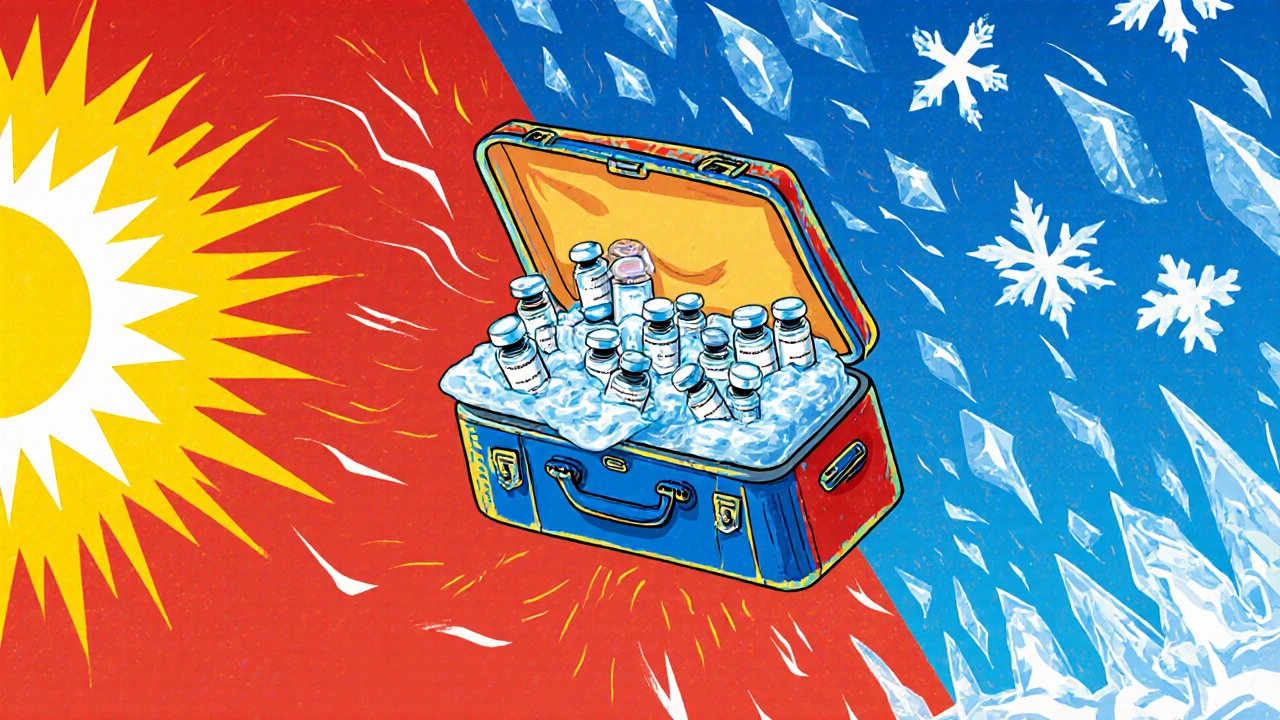
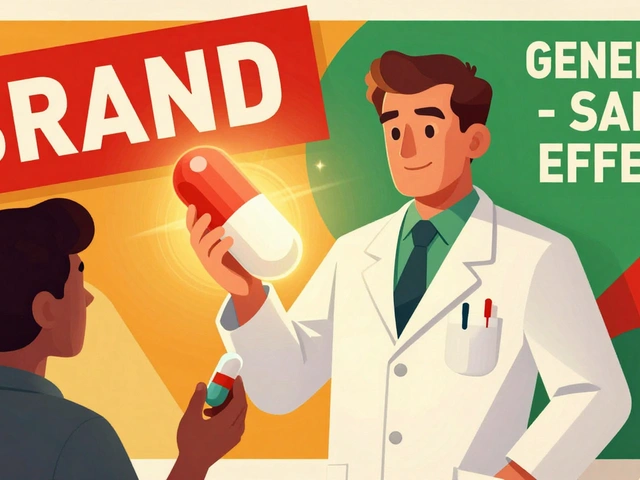
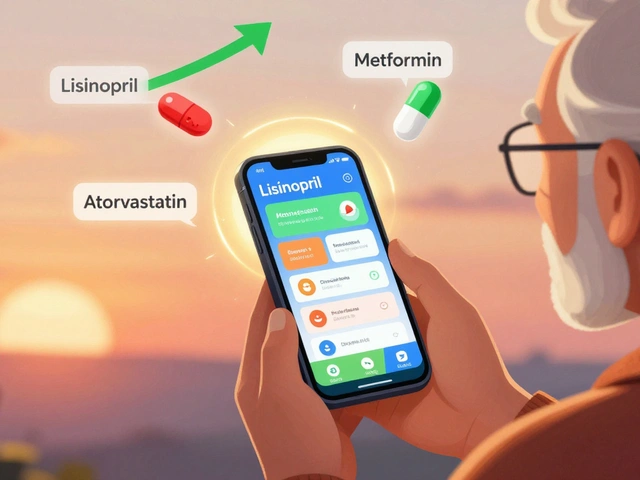

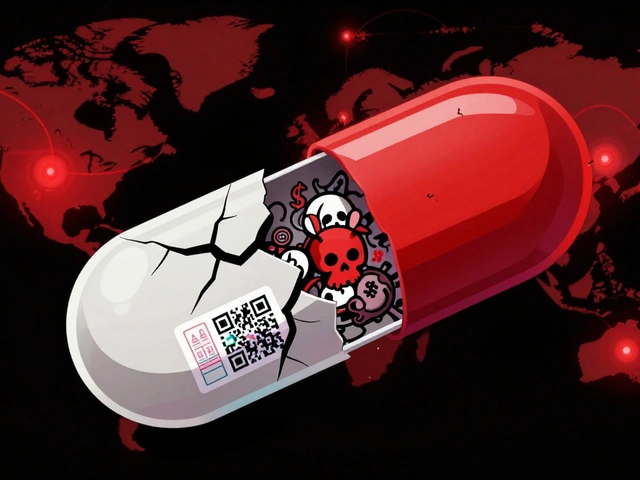
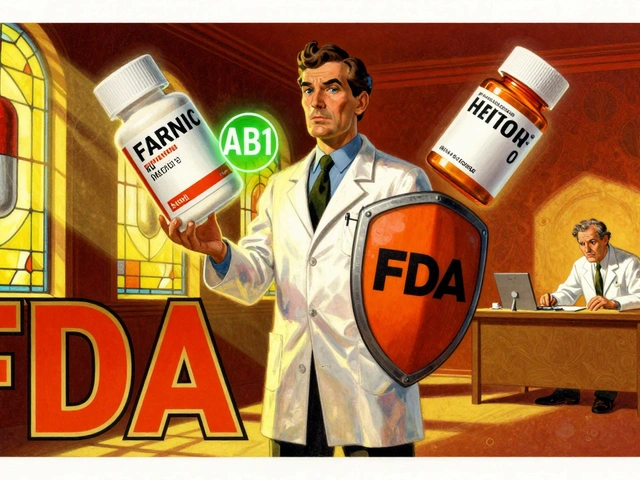
Rachael Gallagher
November 23, 2025 AT 15:54My grandma’s insulin got ruined in a Lyft car last summer. She didn’t know any better. Now I carry a cooler in my purse like it’s my damn baby. If you’re not prepared, you’re just gambling with someone’s life.
steven patiño palacio
November 23, 2025 AT 20:18Proper medication storage isn’t optional-it’s a medical imperative. The science is clear: temperature deviations compromise biological integrity. Always use insulated containers, monitor exposure, and document conditions. Your responsibility extends beyond personal care-it’s public health.
stephanie Hill
November 24, 2025 AT 15:24Did you know the government puts trackers in insulin vials? No, seriously. They’re watching who uses what, when. That’s why they make you carry doctor’s notes-so they can link your meds to your social security. I saw it on a documentary. They’re coming for your biologics next. Stay alert.
Akash Chopda
November 25, 2025 AT 11:21Airline cargo holds are cold but not freezing thats a lie. The real danger is TSA scanning your meds with x rays. They ruin the molecules. I know because I work at a lab in Mumbai. No one tells you this.
Nikki C
November 25, 2025 AT 20:49I used to think keeping meds in the fridge at home was enough. Then I flew to Arizona in July with my dad’s diabetes meds. The car hit 110 degrees. The vial looked fine. Turns out it was 40% weaker. We didn’t know until his blood sugar went nuclear. Now I carry a logger. It’s cheap. It’s simple. It’s life insurance.
Alex Dubrovin
November 26, 2025 AT 17:11Just got back from Alaska. Took my insulin in a Ziploc with a frozen water bottle. Wrapped it in a hoodie. Made it. No drama. Don’t overthink it. Keep it close. Keep it cool. Done.
Natashia Luu
November 27, 2025 AT 15:54It is utterly unacceptable that the general public is expected to manage temperature-sensitive pharmaceuticals without formal training. This is not a DIY endeavor. It is a clinical responsibility. The fact that this article even needs to exist speaks to a systemic failure in public health education. I am appalled.
akhilesh jha
November 29, 2025 AT 08:48I once saw a man in Delhi leave his insulin in a rickshaw for two hours. The sun was brutal. He didn’t know. He just smiled. I asked him if he knew what heat does to proteins. He said, "What protein?" I didn’t reply. I just took his bag and put it in my own cooler. Sometimes you have to be the quiet one who saves lives.
Jeff Hicken
November 29, 2025 AT 19:14lol i just put my insulin in my back pocket when i drive. its fine. i mean its just a shot right? who cares if its warm. i did it for 3 years and still alive. you people overthink everything. also i lost my doctor note. so what. they cant make me do anything.